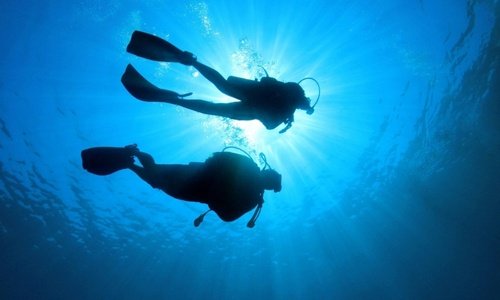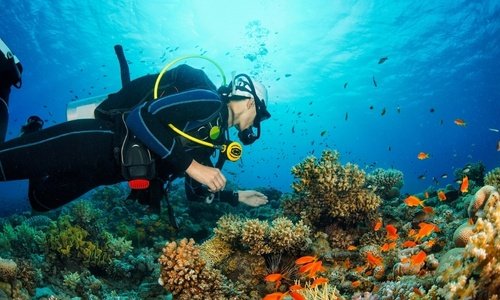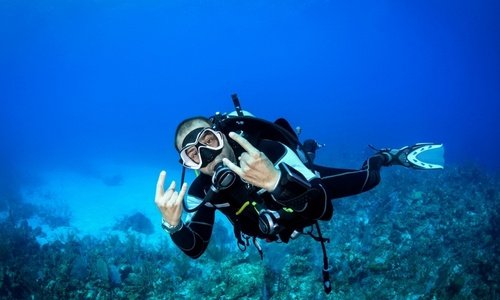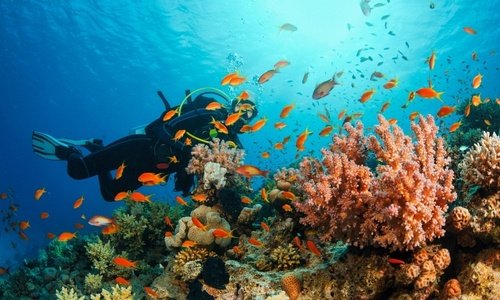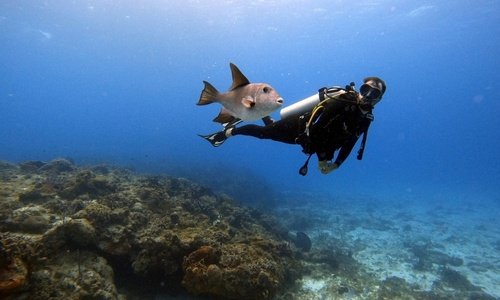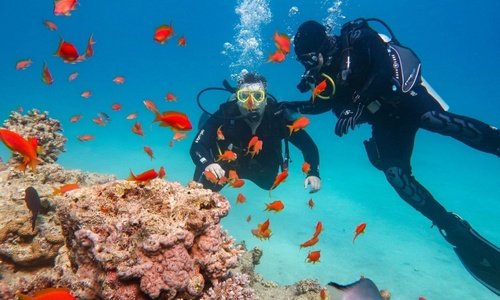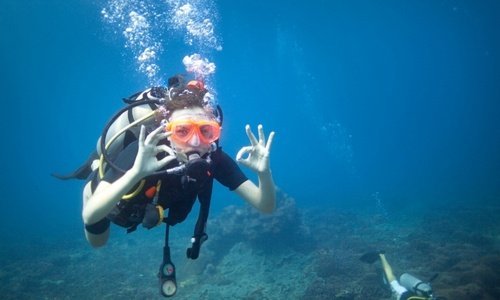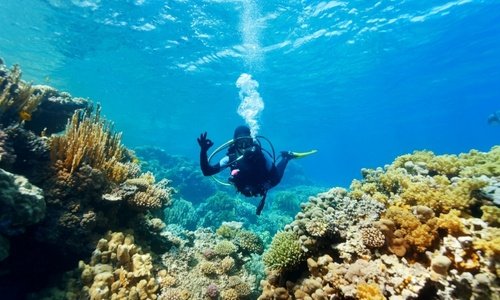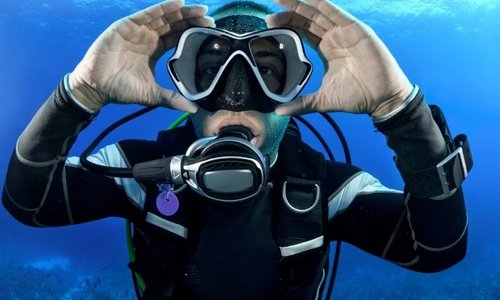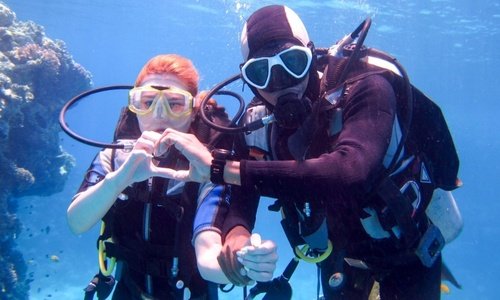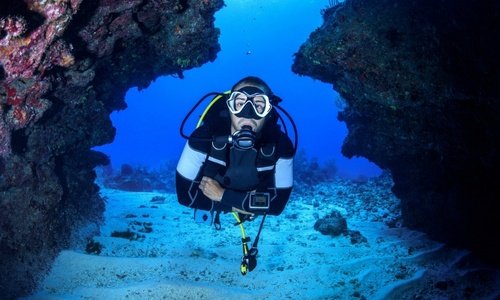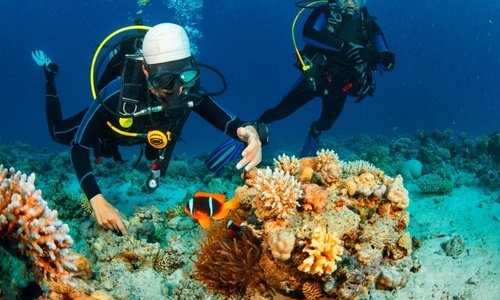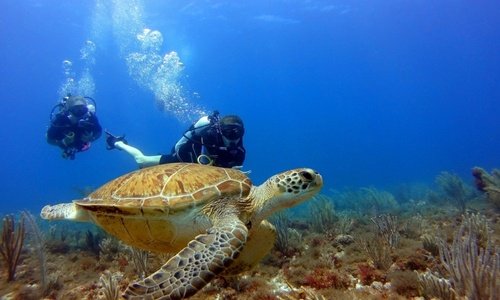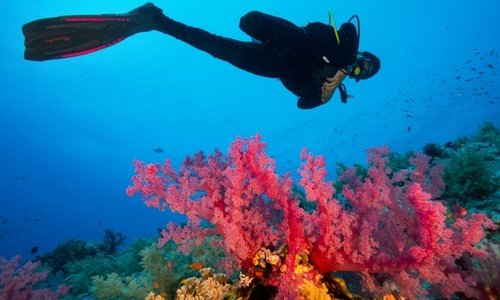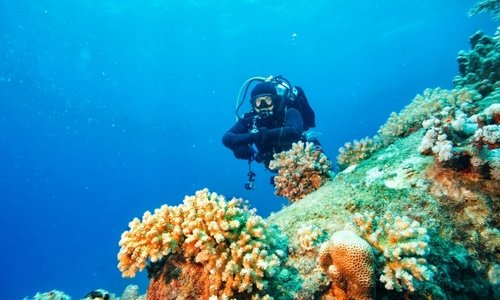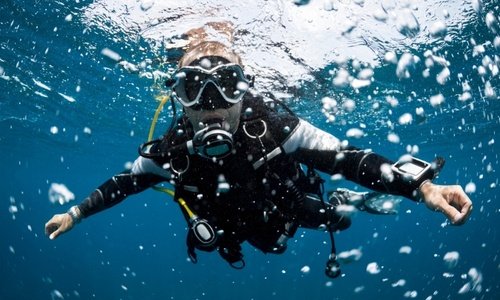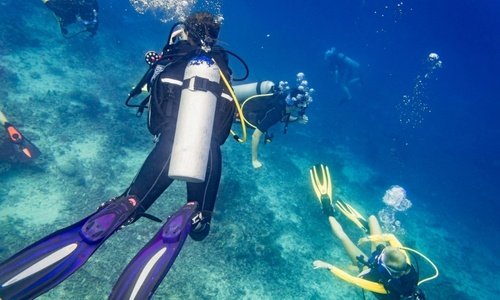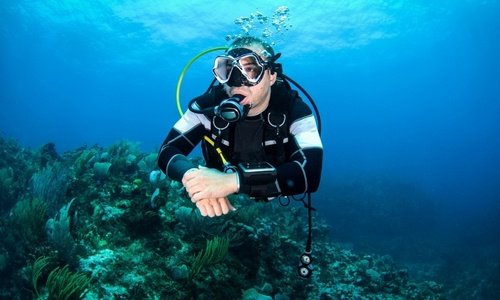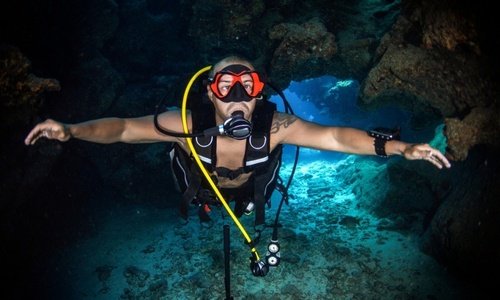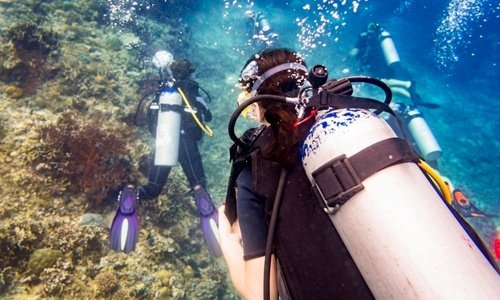How is scuba diving performed?
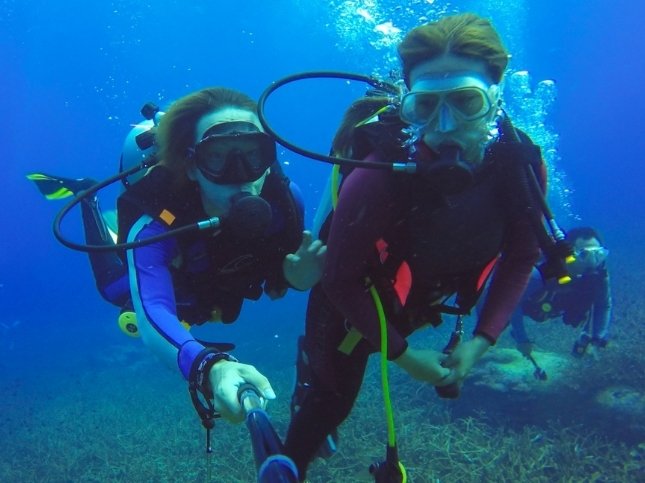
Scuba diving is a technical and immersive activity that allows divers to move safely and independently beneath the surface. The term “scuba” stands for “Self-Contained Underwater Breathing Apparatus,” referring to the equipment that enables underwater breathing without surface support.
A successful scuba dive depends on proper equipment handling, buoyancy control, and pre-dive planning. Whether you're a beginner or an experienced diver, mastering these fundamentals ensures a safe and enjoyable underwater experience.
Pre-Dive Preparation & Equipment Checks
Planning, Air Supply & Buddy System
Before entering the water, divers must complete a thorough equipment check and dive plan. This includes setting maximum depth, bottom time, and decompression limits. Key equipment checks include:
- Air Supply: Ensure the tank is filled (typically 200 bar) and valves are fully open.
- Regulator Test: Confirm both first and second stages function properly with smooth airflow.
- BCD Functionality: Test inflation and deflation mechanisms. The Buoyancy Control Device (BCD) is essential for achieving neutral buoyancy underwater.
These checks are performed through a “Buddy Check,” where each diver inspects their own and their partner’s gear to ensure mutual safety.
Buoyancy Control & Underwater Movement
Achieving Neutral Buoyancy & Efficient Kicking Techniques
One of the most important scuba diving skills is achieving neutral buoyancy. This allows the diver to hover effortlessly without sinking or floating, minimizing impact on marine life and conserving energy.
Neutral buoyancy is achieved through:
- Weight Adjustment: Using a weight belt suited to the diver’s body and gear.
- BCD Management: Adding or releasing air to compensate for depth-related pressure changes.
- Breathing Control: Slow, deep breaths help fine-tune buoyancy, as lungs act like a natural BCD.
Underwater movement is performed using relaxed fin kicks such as the frog kick or flutter kick. Arms are used only for minor adjustments, not propulsion. This technique reduces air consumption and extends dive time, while maintaining minimal disturbance to the underwater environment.
Scuba Diving Best Practices
Safety, Efficiency & Environmental Awareness
Scuba diving is not just about technique—it’s about responsible exploration. Divers are trained to move slowly, avoid contact with marine life, and maintain situational awareness. Efficient movement, proper buoyancy, and controlled breathing are key to a safe and respectful dive.
Whether exploring coral reefs, underwater caves, or shipwrecks, the goal is to leave no trace and enjoy the underwater world with care and precision.
-
CAMPAIGNS
-
BOOK NOW

